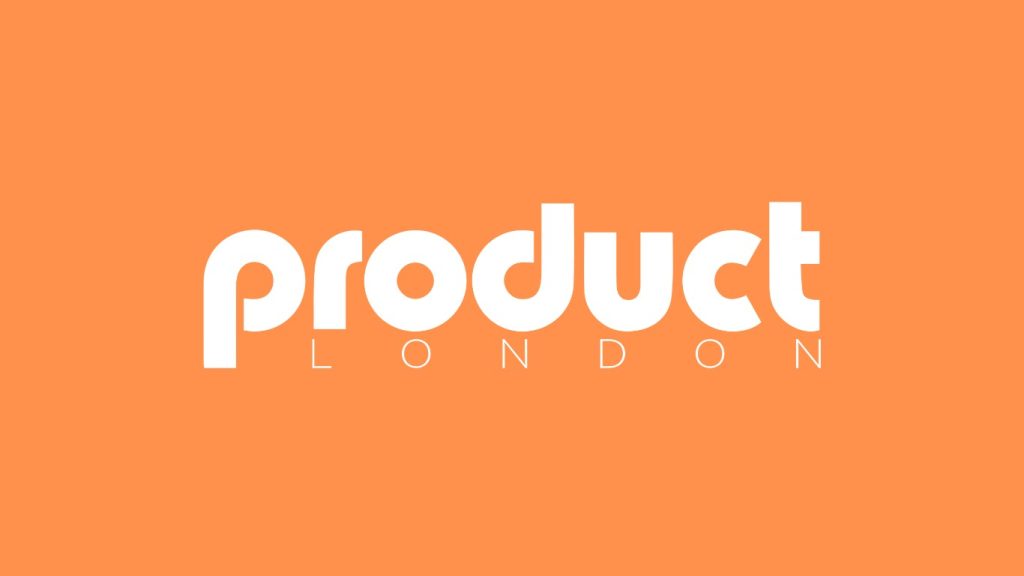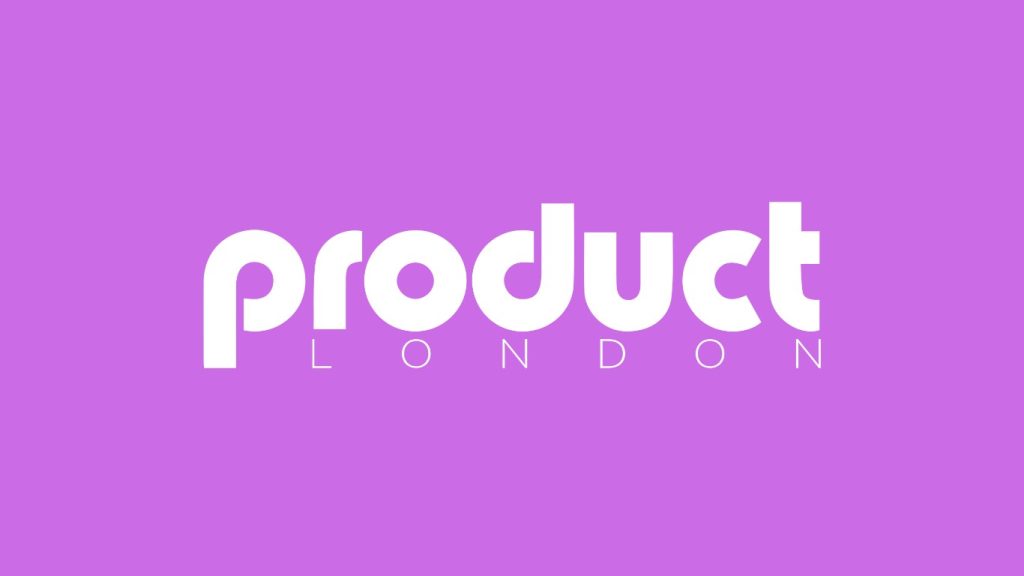To effectively compare Instagram ad formats, start by evaluating performance metrics like click-through and conversion rates. Utilize Meta Ads Manager for in-depth insights and analyze cost metrics such as CPM and CPC for financial efficiency. Align ad formats with your campaign goals: Video Ads for engagement in Stories and Reels, Feed Ads for sustained brand visibility, and Shopping Ads for direct sales. Conduct A/B testing by altering one variable per test, which refines strategies and optimizes ad performance. Regular analysis and testing not only enhances your strategic approach but also aligns with broader marketing objectives. Explore further for extensive strategies.
Key Takeaways
- Conduct A/B testing to compare different ad formats by altering one variable at a time for precise performance measurement.
- Utilize Meta Ads Manager to gather engagement insights and compare metrics like CTR and conversion rates across ad formats.
- Regularly review and reallocate budgets based on real-time data to enhance campaign results and financial efficiency.
- Align ad formats with specific campaign goals, such as brand awareness or sales conversion, to measure effectiveness.
- Monitor cost metrics like CPM and CPC to ensure financial efficiency when comparing different Instagram ad formats.
Evaluate Performance Metrics
To effectively evaluate performance metrics of Instagram ad formats, marketers must explore key indicators such as click-through rate (CTR) and conversion rate to ascertain the success of their campaigns. These metrics provide insights into user engagement and the effectiveness of various ad formats in driving desired actions.
By leveraging Meta Ads Manager, marketers can investigate engagement metrics, offering a detailed comparison of how different ad formats perform against campaign objectives.
Cost metrics, including cost per mille (CPM) and cost per click (CPC), are critical for evaluating the financial efficiency of ad formats. Monitoring these metrics allows for strategic budget allocation, guaranteeing that resources are directed towards formats that maximize return on ad spend (ROAS).
Conducting A/B testing across various ad formats further enhances the understanding of which formats yield ideal user engagement and performance metrics.
Regular review and adaptation of strategy based on real-time performance data are essential. By reallocating budgets to high-performing ad formats, marketers can refine their campaigns for better results.
Utilizing data-driven insights guarantees that Instagram ad formats are not only reaching the target audience effectively but also converting engagement into tangible outcomes.
Align Formats With Goals
Aligning ad formats with campaign goals is a strategic necessity for maximizing advertising effectiveness on Instagram. This alignment guarantees that every creative decision supports the overarching marketing strategy, whether the objective is brand awareness, lead generation, or sales conversion. Selecting the right ad formats is pivotal in this process.
- Video Ads: Ideal for campaigns aiming to enhance engagement rates and foster deeper audience connections. Use Stories and Reels for their immersive nature, which naturally boosts user interaction.
- Feed Ads: These are perfect for maintaining consistent visibility and building long-term brand awareness. Their presence in the main feed guarantees they are seen repeatedly, aiding in customer retention.
- Shopping Ads: Tailored for campaigns focused on driving direct sales. They provide a seamless shopping experience, encouraging in-app purchases and thereby increasing conversion rates.
- Performance Metrics: Regularly tracking metrics like click-through rates and conversion rates is essential. These metrics provide insights into how well each ad format aligns with and achieves the defined campaign goals.
Conduct A/B Testing
Crafting an effective Instagram ad campaign goes beyond selecting the right ad formats; it necessitates a systematic approach to testing and optimization. A/B testing serves as a pivotal tool for advertisers aiming to refine their strategies. By comparing the performance of different ad formats, such as video versus carousel ads, brands can discern which options yield higher engagement rates and conversion metrics.
This process involves altering one variable—like ad format—at a time, guaranteeing accurate performance measurement against a clear hypothesis.
Leveraging metrics such as click-through rates (CTR) and conversion rates during A/B testing provides actionable insights. These insights enable advertisers to determine which ad formats align most effectively with their campaign objectives. For instance, if a particular format consistently outperforms others in driving conversions, it becomes a candidate for optimized ads tailored to the target audience’s preferences.
Regular A/B testing fosters continuous improvement in ad performance. Data indicates that optimized ads can achieve conversion rates ranging from 1% to 3%. This iterative approach not only enhances overall campaign effectiveness but also guarantees that ad spend is strategically allocated toward formats that deliver measurable results.
Frequently Asked Questions
What Is the Best Format for Instagram Ads?
Determining the best Instagram ad format depends on campaign goals. Video ads and story ads excel in engagement, while carousel ads offer detailed insights. Collection ads enhance shopping experiences, and explore ads boost visibility. Consider IGTV and augmented reality for branded content.
What Type of Instagram Ad Is Most Effective?
The most effective Instagram ad depends on strategic goals; video and story ads boost engagement metrics, carousel ads enhance product showcasing, while shopping and collection ads streamline purchases. Influencer partnerships and branded content improve audience targeting and lead generation.
How Do You Analyze Instagram Ad Performance?
To analyze Instagram ad performance, evaluate ad metrics, focusing on engagement rates and conversion tracking. Incorporate audience targeting, creative visuals, budget allocation, and competitor analysis. Utilize A/B testing, consider seasonal trends, and adapt to platform updates strategically.
How to Make Instagram Ads More Effective?
To enhance Instagram ad effectiveness, align ad placement and budget allocation with target audience preferences. Utilize compelling visuals, clear messaging, and a strong call to action. Implement A/B testing, maintain brand consistency, and adapt to seasonal trends for ideal audience engagement.
Conclusion
In summary, evaluating performance metrics, aligning ad formats with campaign goals, and conducting A/B testing are essential strategies for effectively comparing Instagram ad formats. By employing a data-driven approach, marketers can discern the nuances of each format and optimize their advertising efforts accordingly. Strategic alignment guarantees that formats are chosen based on specific objectives, while A/B testing provides empirical evidence to guide decision-making. This methodical approach enhances the efficacy of advertising campaigns on the Instagram platform.



